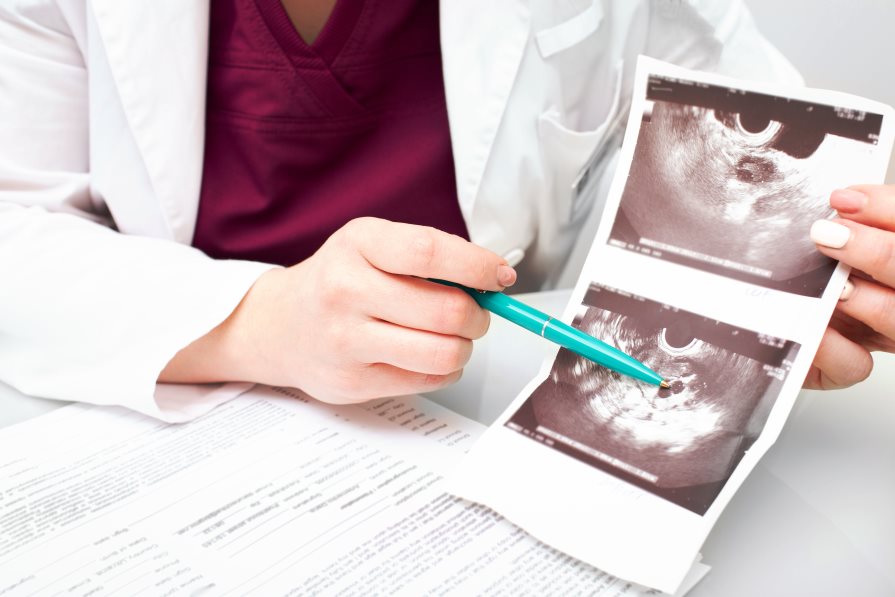- HOME
- ABOUT US
- SERVICES
- Pregnancy Scan with 5D Technology
- Early Pregnancy Scan
- Serum Screening
- TIFFA/Level-II/Anomaly Scan
- NT/NB Scan
- Fetal ECHO
- Fetal Color Doppler
- Growth Scan and Biophysical Profile
- Trans-Vaginal Scan (TVS)
- Follicular Monitoring
- Genetic Counseling
- Recurrent Pregnancy Loss
- Multiple Pregnancies
- Amniocentesis
- Pre-eclampsia and Preterm Screening
- GALLERY
- BLOG
- CONTACT
Follicular Monitoring
- Home
- Services
The Follicular Monitoring technique involves serially monitoring ovarian follicles with ultrasound in order to determine whether their maturation is complete. It is useful for assessing the size of follicles that support growing eggs and for determining the thickness of uterine linings.
The monitoring of follicles is essential for assessing the effectiveness of fertility medications in women. For safety, it is crucial to know how many eggs will ovulate and how high the estradiol level is. Each mature egg produces about 150-200 pg/ml of estradiol. Therefore, using a woman’s hormone levels along with an ultrasound exam helps determine her response to treatment.
How is Follicular Monitoring done?
Follicular studies are done with ultrasound transvaginally, taking pictures of internal organs and evaluating ovarian follicles. The scans are conducted by inserting a small probe into the vaginal canal. A doctor will be able to predict the approximate time when the egg will be released, and a couple can plan their intercourse around that time to maximize their chances of conception. To determine when a patient is likely to ovulate, tissue containing eggs and the thickness of the endometrial lining are evaluated.

About Dr. Mamta Phogat
Dr. Mamta Phogat is an Expert Fetal Medicine Specialist in Faridabad, Haryana with an experience of more than 13 years in this field. She is managing Pregnancy scans with 5D technology, Fetal ECHO, Fetal Color Doppler, Growth Scan & Biophysical Profile, Trans-Vaginal Scan, Follicular Monitoring, Recurrent Pregnancy Loss counselling & evaluation and so on.
Make An Appointment
Maternal-Fetal Medicine specialist helps take care of women having complicated or high-risk pregnancy.
Copyright © 2021 Dr. Mamta Phogat. All Right Reserved.
WhatsApp Us

